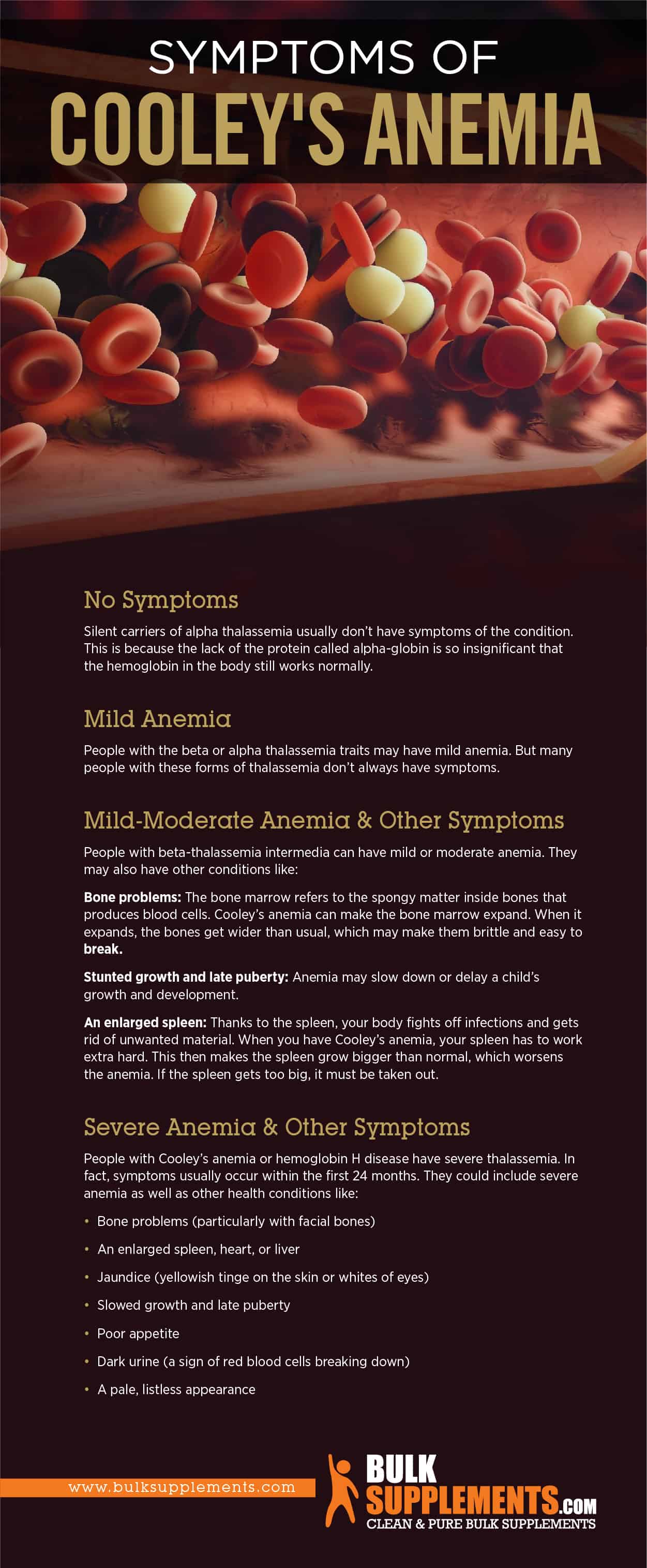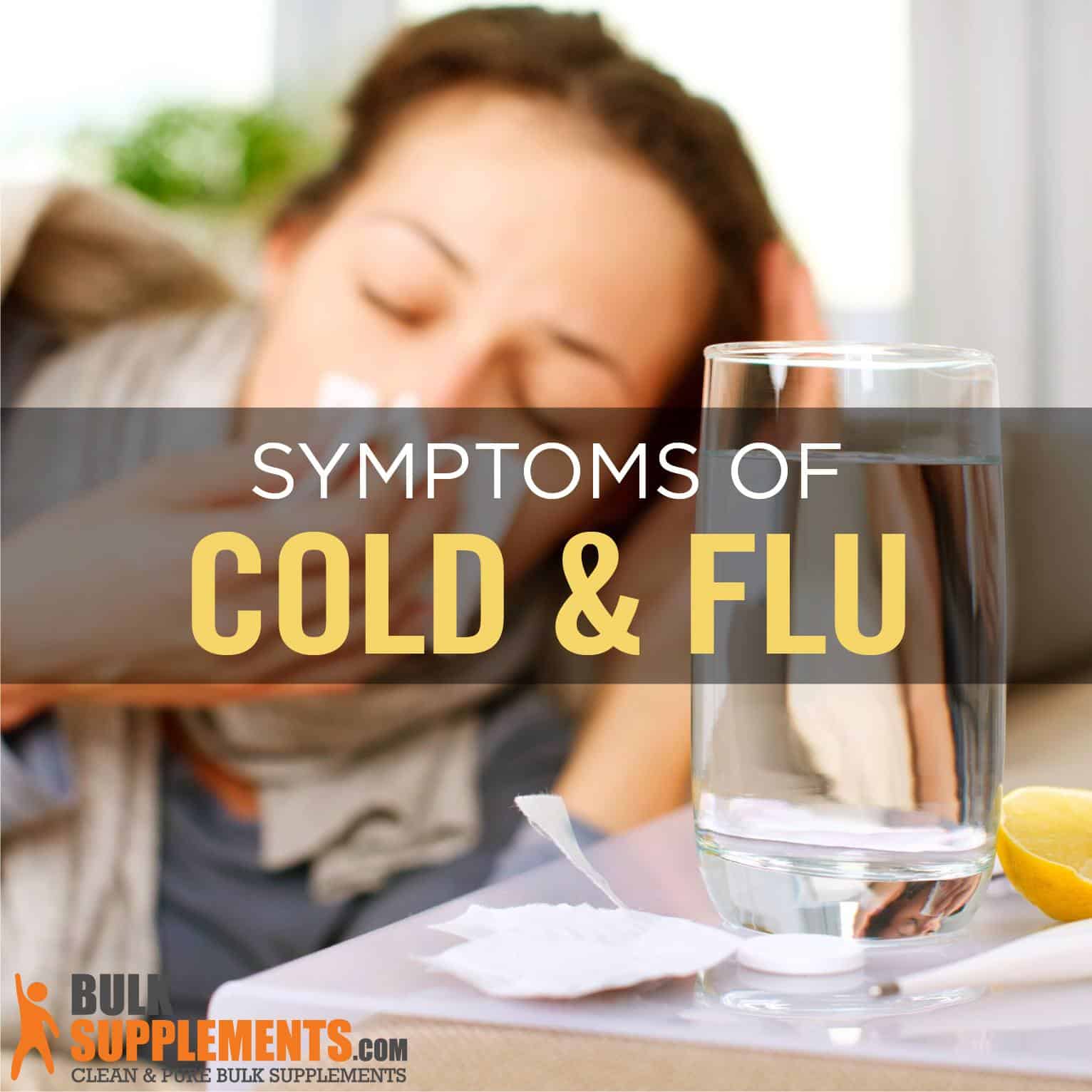Cooley’s Anemia: Symptoms, Causes & Treatment
by James Denlinger Digital Marketing StrategistWhat is Cooley’s Anemia?
Cooley’s anemia (thalassemia) is a hereditary blood condition that occurs when the body doesn’t produce enough hemoglobin, a protein that’s a vital component of your red blood cells.
When one has low levels of hemoglobin, the red blood cells in their body don’t work efficiently. This is significant as red blood cells transport oxygen to all of the body’s cells to keep them functioning properly. When there are fewer red blood cells, a smaller amount of oxygen is sent to all of the body’s cells, which can cause breathlessness and fatigue. This is a disorder known as anemia. People with Cooley’s anemia may have severe or mild anemia. Severe anemia can destroy organs and even be fatal.
About 100,000 babies are born every year with severe cases of Cooley’s anemia. The condition is most common in people of African, South Asian and Mediterranean ancestry.
Symptoms of Cooley’s Anemia
Symptoms of Cooley’s anemia are caused by insufficient oxygen in the bloodstream. The severity of thalassemia symptoms can range from mild or severe to life-threatening.
No Symptoms
Silent carriers of alpha thalassemia usually don’t have symptoms of the condition. This is because the lack of the protein called alpha-globin is so insignificant that the hemoglobin in the body still works normally.
Mild Anemia
People with the beta or alpha thalassemia traits may have mild anemia. But many people with these forms of thalassemia don’t always have symptoms.
Mild-Moderate Anemia & Other Symptoms
People with beta-thalassemia intermedia can have mild or moderate anemia. They may also have other conditions like:
Bone problems: The bone marrow refers to the spongy matter inside bones that produces blood cells. Cooley’s anemia can make the bone marrow expand. When it expands, the bones get wider than usual, which may make them brittle and easy to break.
Stunted growth and late puberty: Anemia may slow down or delay a child’s growth and development.
An enlarged spleen: Thanks to the spleen, your body fights off infections and gets rid of unwanted material. When you have Cooley’s anemia, your spleen has to work extra hard. This then makes the spleen grow bigger than normal, which worsens the anemia. If the spleen gets too big, it must be taken out.
Severe Anemia & Other Symptoms
People with Cooley’s anemia or hemoglobin H disease have severe thalassemia. In fact, symptoms usually occur within the first 24 months. They could include severe anemia as well as other health conditions like:
- Bone problems (particularly with facial bones)
- An enlarged spleen, heart, or liver
- Jaundice (yellowish tinge on the skin or whites of eyes)
- Slowed growth and late puberty
- Poor appetite
- Dark urine (a sign of red blood cells breaking down)
- A pale, listless appearance
 PIN IT
PIN ITCauses of Cooley’s Anemia
Two proteins make up hemoglobin — alpha-globin and beta-globin. Cooley’s anemia occurs when there’s an abnormality in the gene that controls the production of either of these proteins.
There are two major forms of thalassemia (Cooley’s anemia):
- Alpha thalassemia happens when one or more genes associated with alpha-globin are changed (mutated) or are missing
- Beta thalassemia happens when similar gene flaws affect the production of beta-globin
Alpha thalassemia most often occurs in people from the Middle East, Southeast Asia, Africa, India and China (x). On the other hand, beta-thalassemia most often occurs in people with Mediterranean ancestry. It’s also found in Africa, Iran, the Arabian Peninsula, Southern China and Southeast Asia.
There are many types of thalassemia, and all these types have various subtypes. The following two types are found in both beta and alpha thalassemia — thalassemia major and thalassemia minor.
To have thalassemia major, both of your parents must have passed on this gene defect. In contrast, thalassemia minor can develop even if you get the defective gene from only one parent. People with thalassemia minor are carriers of the condition. In most cases, they have no symptoms.
Treatment for Cooley’s Anemia
Cooley’s anemia treatment depends on the severity and type of condition. So, in mild cases, the individual may feel exhausted and not require treatment. But with a more serious case, the organs may not receive adequate oxygen.
Blood Transfusions
You might need blood transfusion regularly. With a transfusion, you receive blood or components of blood your body requires, such as hemoglobin. How frequently you will need transfusions may vary. Some people get a transfusion every few weeks. As you age, your transfusion schedule may change.
Blood transfusions are essential for people with Cooley’s anemia. But they may cause excessive iron in the bloodstream. That may result in problems with blood sugar, the liver and the heart. If you receive transfusions, your doctor will discuss with you whether you need medication that can help get rid of excess iron from your blood.
In some cases, blood transfusions cause reactions like low blood pressure, chills, nausea, high fever and diarrhea. If you’ve got any of these symptoms, please see your doctor. Even though blood donated in the United States is very safe, there’s a remote possibility that a transfusion could give you an infection.
Iron Chelation Therapy
Hemoglobin is a protein loaded with iron. Because of this, regular blood transfusions may cause an iron buildup in the blood, which is known as iron overload. It can damage the heart, liver, thyroid, pancreas and other body organs. So, to avoid this damage, iron chelation therapy is used to remove extra iron from your body. Doctors use two medicines in iron chelation therapy.
- Deferasirox is a medication taken once a day. Side effects include nausea, headache, diarrhea, vomiting, tiredness and joint pain
- Deferoxamine is in liquid form and is given slowly beneath the skin, typically with a small movable pump used overnight — the treatment takes time and maybe a bit painful while causing side effects like problems with hearing and vision
Stem Cell Transplant
A stem cell transplant of the blood and bone marrow replaces defective stem cells with donated healthy ones. Stem cells are cells within the bone marrow that produce red blood cells as well as other kinds of blood cells. In fact, the only treatment that may cure Cooley’s anemia is a stem cell transplant (x). But only a few people with severe thalassemia will find a good match, and the transplant itself is a dangerous procedure.
Treating Complications
Today, better treatments allow people with moderate or severe thalassemia to live longer. Therefore, these people are able to handle complications that develop over time. A vital part of thalassemia management is treating complications that might occur. Treatment may be required for liver or heart diseases, osteoporosis, infections and other health conditions.
Managing Cooley’s Anemia
Cooley’s anemia is a treatable condition that can be properly managed with chelation therapy and blood transfusions. So if you have thalassemia, you’ll need to get regular medical care from a doctor who focuses on treating people with thalassemia or a hematologist (someone who treats disorders or diseases of the blood).
If your doctor prescribes either chelation therapy or blood transfusions, the most important thing you can do is follow their blood transfusion and chelation plan to prevent serious anemia and possible organ damage due to iron overload, respectively.
Healthy Choices for Thalassemia Patients
We all need to lead a healthy lifestyle. But for people living with Cooley’s anemia, managing the condition and making healthy choices is what constitutes a healthy lifestyle (x).
If you have thalassemia, other healthy choices include eating nutritious meals, exercising, keeping vaccinations up to date and building positive relationships.
Vaccines
Vaccines are an effective way to prevent many severe infections. In fact, adults and children with Cooley’s anemia should receive all the recommended vaccinations, including flu vaccinations. People with Cooley’s anemia are thought to be “high risk” for some infections, particularly if their spleen has been removed, and will need to stick to a special schedule for these vaccines:
- Haemophilus Influenzae type b
- Meningococcal vaccines
- Pneumococcal vaccines
Nutrition
Eating healthy foods is essential. Specifically, your diet should be low in fats and high in vegetables and fruits to help you receive the vital nutrients your body needs. However, foods rich in iron should be limited, as too much iron can accumulate in the blood of people with Cooley’s anemia. Iron is found in fish, meat and certain vegetables, including spinach. Other products, such as orange juice and cereal, may have extra iron. People with Cooley’s anemia should talk to their doctor about whether they should limit their iron intake or not.
Exercise
Exercise is a vital part of an overall healthy lifestyle and helps produce better results. While some people with Cooley’s anemia may struggle with taking part in vigorous exercises, many people with the condition can take part in moderate forms of exercise, including walking, running and biking. If you have thalassemia as well as issues with your joints, there are various forms of low-impact physical activities to pick from, including swimming, water aerobics and yoga. Therefore, discuss with your physician what level of exercise would be perfect for you.
Supplements for Cooley’s Anemia
The following supplements can help manage symptoms of Cooley’s anemia.
Astragalus
Astragalus has been shown to help lower blood pressure and triglyceride levels. High triglyceride levels can put you at risk of various heart ailments, such as heart attack, stroke and hardened artery walls.
Astragalus has no standardized dosage, but you can discuss with your doctor how much you’ll need to take as well as how often.
Folic Acid
The B vitamin folic acid helps you make healthy red blood cells. Because of this, your doctor can suggest taking folic acid supplements along with blood transfusions or chelation therapy.
Take 500-1,000 micrograms of folic acid daily. But don’t exceed the upper limit. Also, pregnant women should take 300-400 milligrams daily.
L-Carnitine
The antioxidant amino acid L-carnitine contributes to cognitive, muscular and cardiovascular health. It can increase energy and endurance. Take 500 milligrams of L-carnitine base powder four times daily.
Milk Thistle
Milk thistle is a natural anti-inflammatory and antioxidant that promotes liver function and heart health. It can also enhance skin health. Take 250 milligrams of milk thistle daily, or as your physician directs you. You can take it with or without meals.
Vitamin E
This fat-soluble antioxidant promotes healthy hair and skin and helps normalize cholesterol levels. Take 500-1,000 milligrams of vitamin E daily with food.
Wheatgrass
Wheatgrass is an anti-inflammatory and antioxidant that fights free radical damage and chronic inflammation. Take 4,000 mg or a little more than one tablespoonful once a day or as directed by your doctor.
Zinc
Zinc is a mineral that contributes to heart, eye, immune and bone health. It can also help with blood pressure and wound healing. Take 100 milligrams of zinc orotate powder 1 to 3 times a day, or as your doctor instructs you. For the most precise measuring results, get a milligram scale.
The Bottom Line
You can get Cooley’s anemia genetically based on your ethnic origin, so there may be no way of preventing it if you are genetically prone to it. However, the condition you have and its symptoms can be managed by healthy lifestyle choices and proper supplementation. But if the condition worsens, it can be treated in various ways. If you are afraid that you might have Cooley’s anemia or have a family history of the disease, consult your doctor immediately for advice on what lifestyle changes are necessary.
Sponsor Ads
Created on Mar 18th 2020 21:19. Viewed 517 times.




